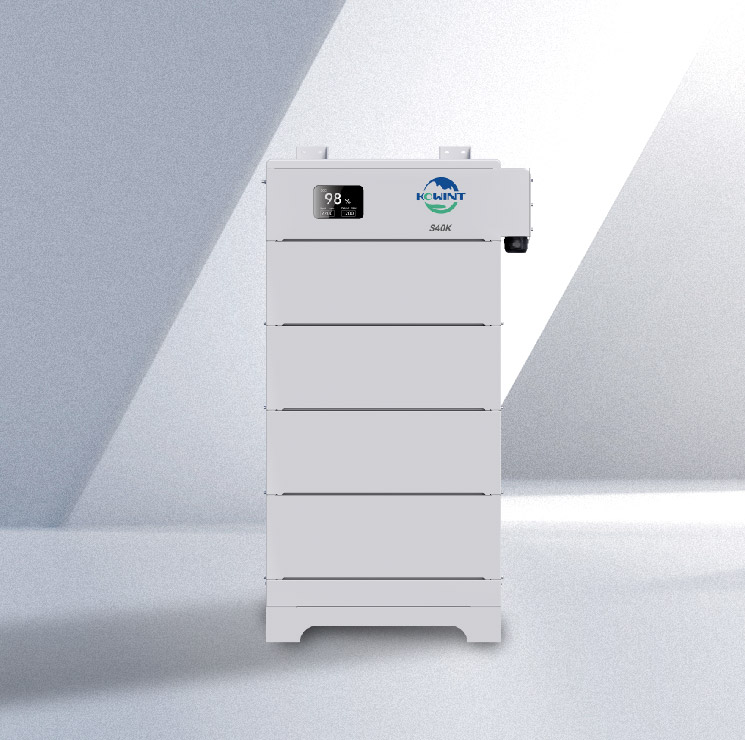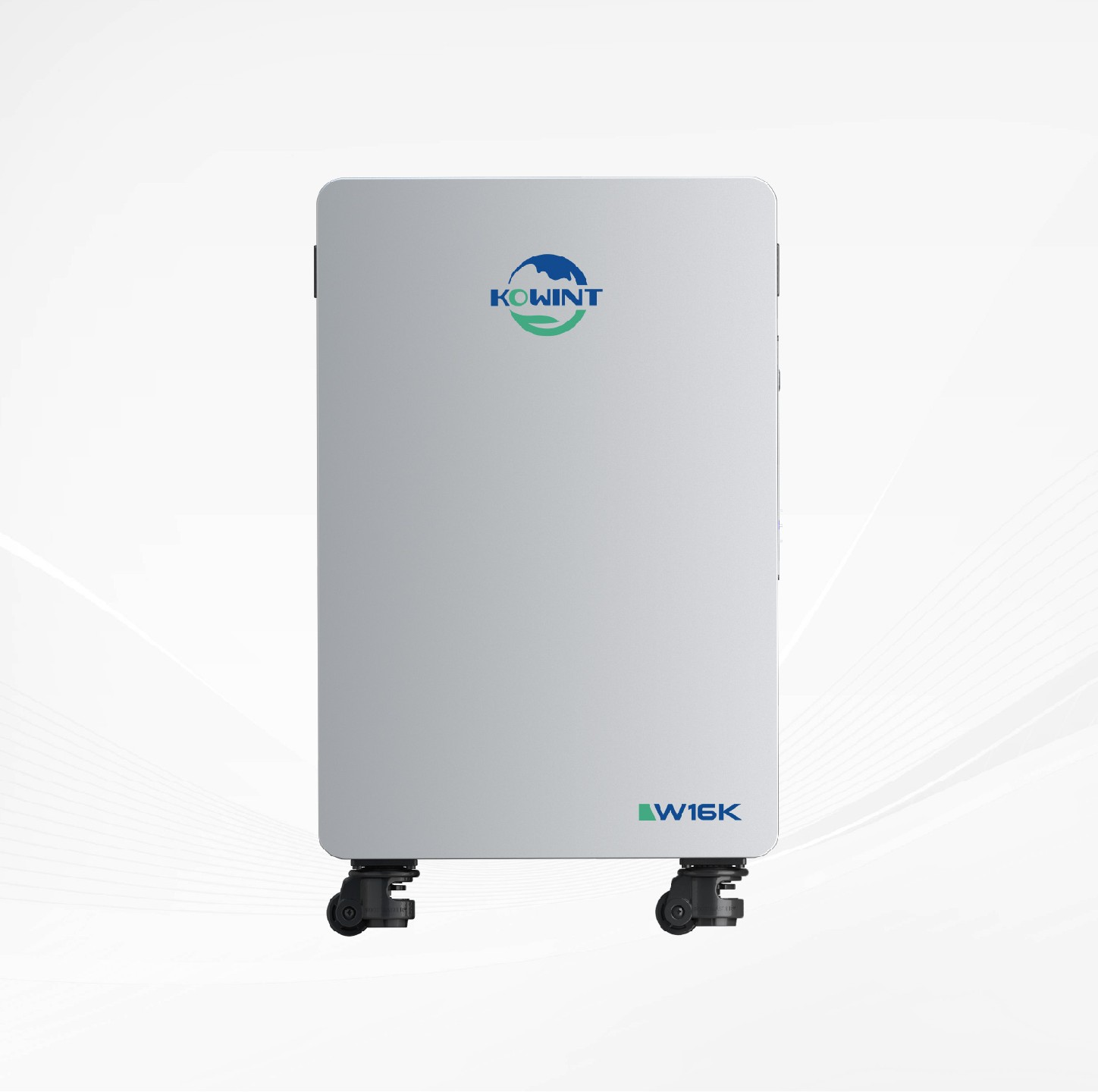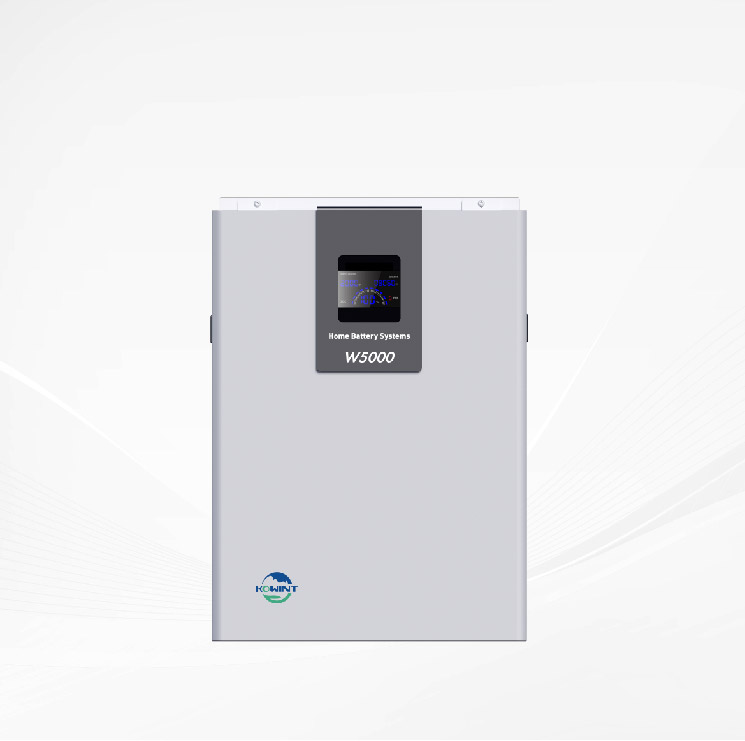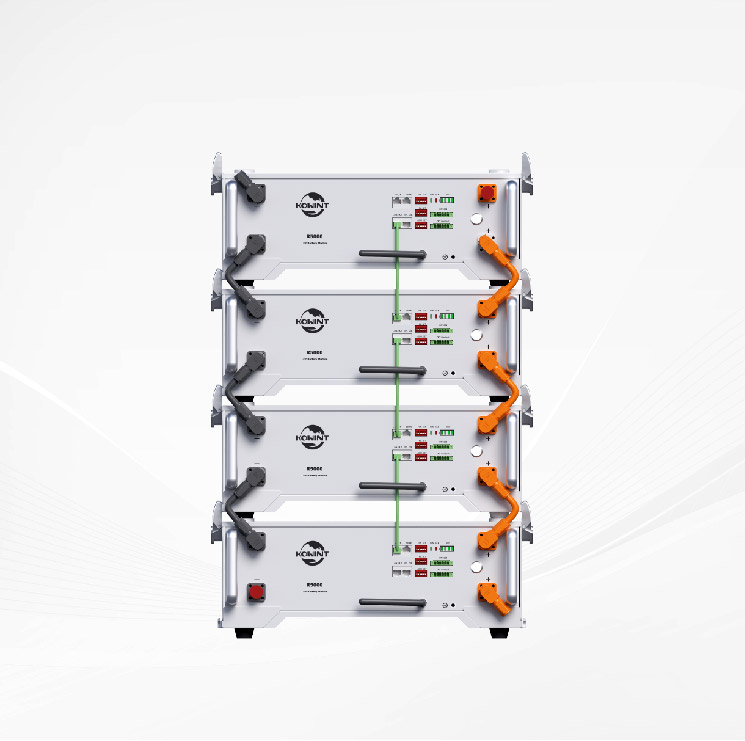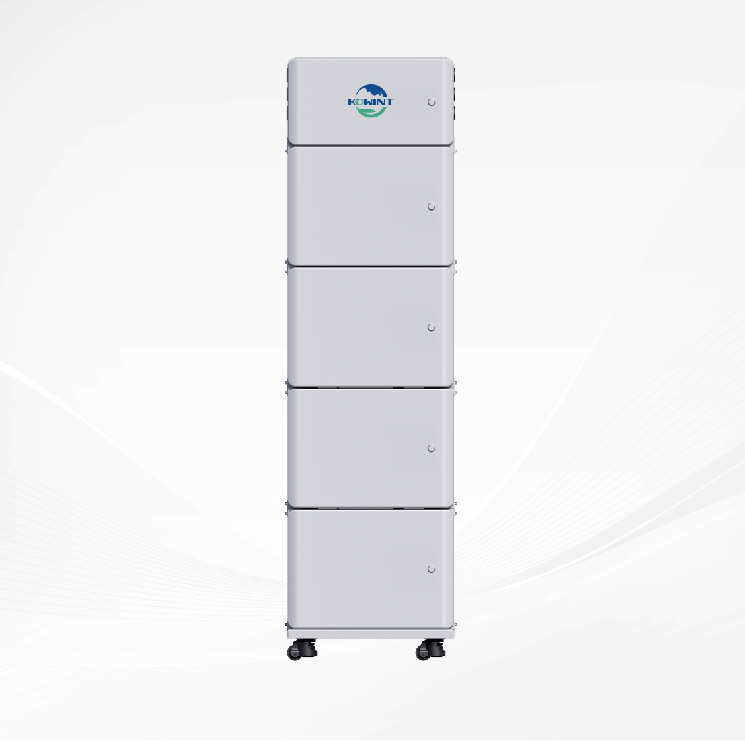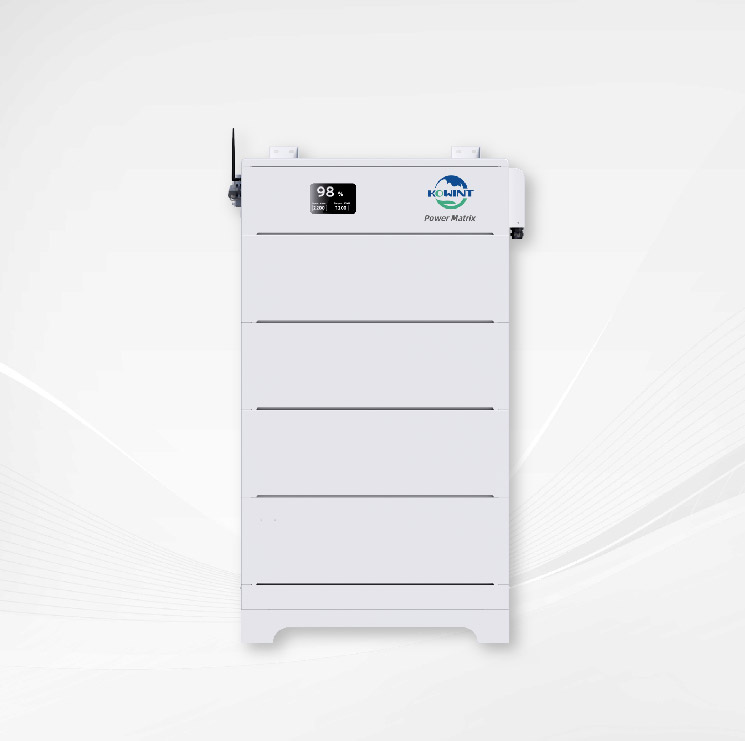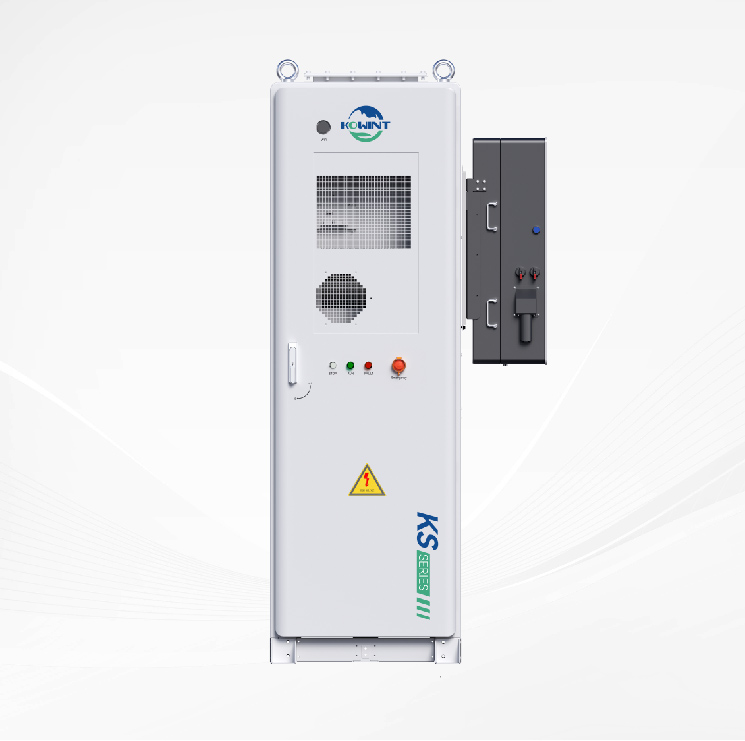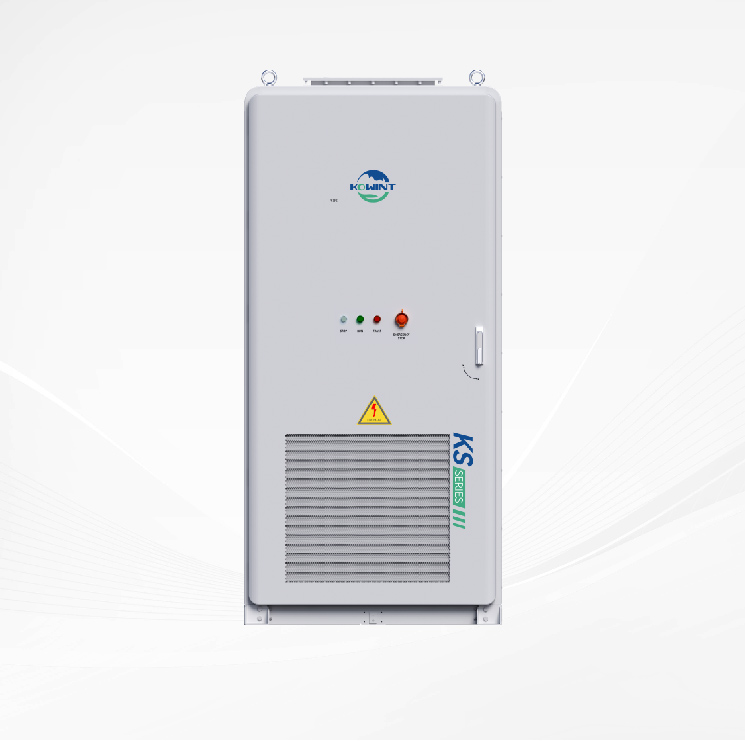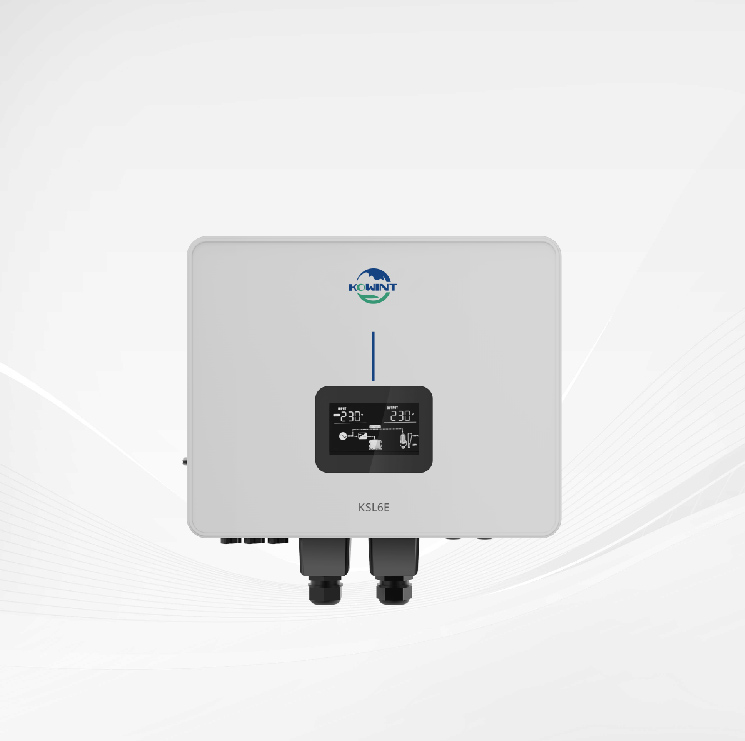Decoding LiFePO4 vs Li-ion Batteries: Which Power Source Prevails?
Electronic equipment cannot function without rechargeable batteries. Choosing the best battery might be a challenge, though, because there are so many options available. The two main rivals in this race are lithium ion batteries and LiFePO4. Although they are functionally similar in many contexts, there are important distinctions between the two that might affect how effectively they function in specific environments. For this reason, before settling on a solar generator, it is essential to weigh the benefits and drawbacks of both types. If you want to know how to choose between LiFePO4 and lithium ion batteries, this article will show you the differences.

The Differences Between LiFePO4 and Lithium-Ion Batteries
Although they have certain commonalities, like being rechargeable, there are also some key distinctions. Here, we'll compare and contrast seven features in order to see how they vary.
Making Chemicals
Lithium iron phosphate (LiFePO4) batteries are safer, lighter, and more stable than other traditional batteries since they consist of lithium, iron, and phosphate ions. A contrast to this is the extremely energy-dense and efficient Lithium Ion battery, which uses metallic lithium in conjunction with composite cathode materials such as nickel, manganese, or cobalt.
Safety
Because the cathode of LiFePO4 batteries contains strong covalent connections between iron, phosphorus, and oxygen atoms, they are safer than Li-ion batteries. The bonding make the batteries more stable, which means they won't overheat or experience thermal runaway, two problems that have given lithium-ion batteries a bad image when it comes to fire safety.
Because of their reliability, LFPs have replaced other options in solar power and off-grid systems. There is no space for mistake when it comes to overheating or other problems when the batteries are in the house. No fire safety concerns should prevent homeowners from storing LiFePO4 batteries indoors.
Energy Density
The amount of energy that may be stored in a specific space or weight is determined by the energy density of the battery. It is well-known that LiFePO4 batteries are safer and last longer than lithium-ion batteries. But compared to LiFePO4 batteries, lithium-ion batteries have a greater energy density. Consumer electronics and electric cars rely on lithium-ion batteries for their extended runtime and high energy density. On the other hand, backup power is one application where LiFePO4 batteries shine due to their exceptional suitability for environments where safety and long life are paramount.
Lifespan
Under ideal circumstances, LiFePO4 batteries can last up to ten years, much longer than lithium ion batteries. In contrast, the normal lifespan of lithium ion batteries is two to three years. The chemistry and building materials are to blame for this. While factors like as charging habits and usage patterns might impact longevity, it is widely believed that LiFePO4 batteries have a longer lifespan than lithium ion batteries.
Weight
The energy density of a battery bank is inversely proportional to its weight, as indicated earlier. When compared to similar Li-ion batteries, LiFePO4 battery banks might be a little heavier. On the other hand, some LFPs might be lighter due to the lighter metals utilized in their manufacturing.
When compared to the numerous tremendous benefits of LFPs, the little difference in weight is negligible.
Optimal for solar and off-grid use are now lower energy density Li-ion batteries like nickel-cobalt-aluminum (NCA) and nickel-cobalt-manganese (NCM). Alternatively, LiFePO4 and other safer, longer-lasting technologies are used in residential power solutions. A somewhat lighter battery is less significant than a safer one.
Range of Temperatures
In comparison to lithium-ion batteries, the temperature range of LiFePO4 batteries is often much larger. Most LiFePO4 batteries can withstand temperatures between -40 and 60 degrees Celsius (-4 and 140 degrees Fahrenheit), but Lithium Ion batteries can withstand temperatures between 0 and 45 degrees Celsius (32 and 113 degrees Fahrenheit). Because of this, LiFePO4 batteries can work in both hot and cold temperatures without losing power or damaging the battery pack. For this reason, off-grid solar systems, electric cars, and maritime applications—anything that calls for consistent and dependable battery power under harsh environments—are perfect fits for LiFePO4 batteries.
Cost
Depending on factors including capacity, market demand, and manufacturer, the cost per watt-hour of LiFePO4 and Li-ion batteries can differ greatly. Nickel and cobalt are two minerals whose supply and price can fluctuate greatly; however, LiFePO4 batteries do not employ these elements.
Because LiFePO4 is still a novel battery chemistry, there are fewer producers and less supply, which can lead to a little increase in the price of LiFePO4 batteries.
There may be a little premium for LFP compared to similar Li-ion battery packs, but the benefits are worth it. Enhanced security, increased durability, and other priceless advantages justify any additional expenditure.
Rate of Self-Discharge
The rate of self-discharge for LiFePO4 batteries can range from 1-3 percent each month, with specifics varying with temperature, usage, and other variables. The battery can be left in storage for months due to its low self-discharge rate. Once it has been inactive for a while, it will still provide a significant amount of power.
The recommended maintenance for a battery is to add more juice to it every few months.
Voltage
Due to their distinct chemical composition, LiFePO4 batteries provide a lower voltage compared to conventional lithium ion batteries. At first glance, this seems like a negative, but it really implies that LiFePO4 batteries have a longer runtime than other types because they drain their energy more gradually. In contrast, lithium ion batteries often have a higher voltage but a shorter run time since their energy is discharged more quickly.
The nominal voltage of LiFePO4 batteries is usually around 3.2V per cell, which is lower than that of Li-ion batteries, which normally range from 3.6V to 3.7V per cell.
Devices that use battery packs and the voltage requirements of those packs are also affected by voltage.
Factors to Think About When Choosing Solar Generator's Battery
If you want your solar generator's energy storage to be dependable and successful, you need to choose the correct battery. Many important considerations must be made, including the type, capacity, safety, and longevity.
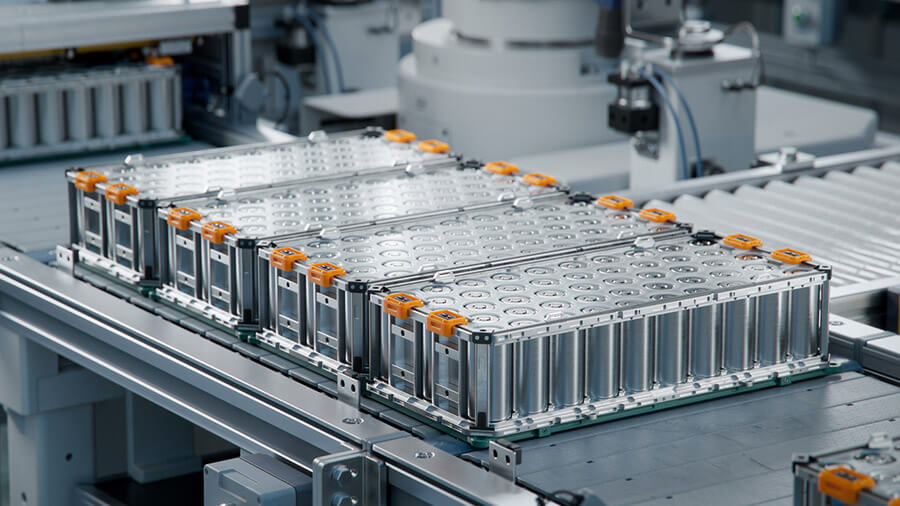
sort: The sort of battery you're considering should be one of many considerations. You can choose from a variety of batteries, such as LiFePO4, lithium-ion, and more. In addition, LiFePO4 batteries are preferred by many high-quality solar generators available today.
Solar Generators: Is It Better to Use LiFePO4 or Lithium-Ion Batteries?
LiFePO4 batteries outperform lithium-ion batteries in terms of longevity and fire safety. In the end, this makes them a better, safer choice. On the other hand, people seeking a more affordable or portable option may find that LiFePO4 batteries are too heavy and too costly.
But, people who are often on the move will find that lithium-ion batteries are the way to go due to their small weight. Plus, they're less expensive than LiFePO4 batteries, so they're great for people watching their pennies. But lithium-ion batteries are more likely to overheat and catch fire, and they don't last as long as LiFePO4 batteries.
Conclusion
When it comes to solar generator batteries, the practicality of your needs will determine whether a LiFePO4 or lithium ion battery is better. There are benefits and drawbacks to both choices; you must choose the one that best suits your needs. If you're looking for the most bang for your buck, LiFePO4 is the way to go because it's more stable and lasts longer than lithium ion. However, lithium ion is more likely to overheat, but it often requires less maintenance and is less expensive, especially in the near term. Be careful to think about everything on this list before making a final choice!


 Residential Energy Storage System
Residential Energy Storage System Commercial & Industrial BESS
Commercial & Industrial BESS Residential inverter
Residential inverter